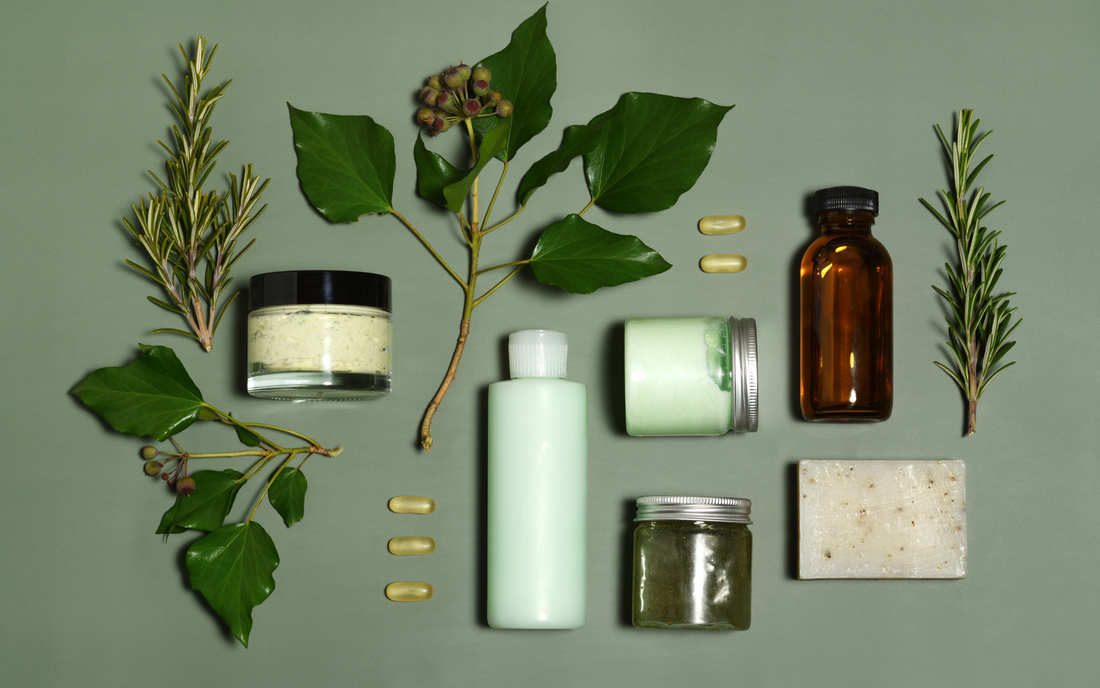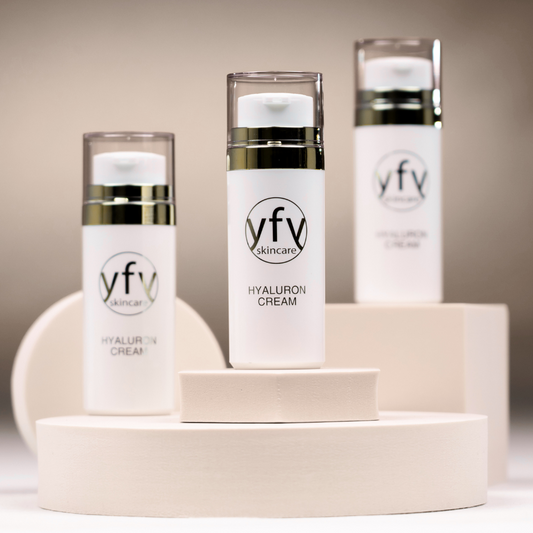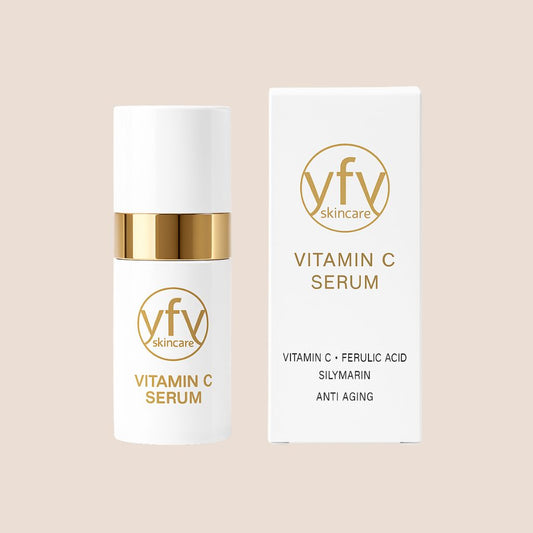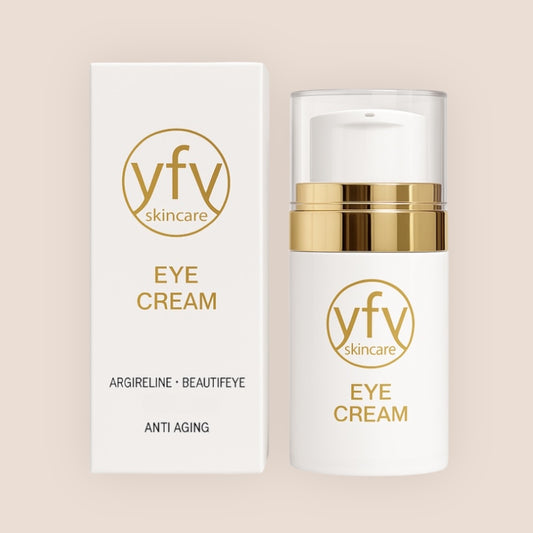
% Concentration in skin care: More is not always better
shares
When it comes to skin care, we often believe that more means more. The idea that a higher concentration of an active ingredient must be more effective is widespread. But science and practice teach us that this is not always the case. In this post, we dive deep into the topic of % concentrations in skin care products and uncover when less can actually be more.
Why the % concentration is not always crucial
The % concentration in skin care products refers to the amount of a specific active ingredient in a formula. It's easy to assume that a higher concentration of an active ingredient is better for the skin. But skin biology is complex, and high concentrations can cause irritation, hypersensitivity and even damage to the skin barrier.
Vitamin C – A balancing act
Vitamin C is known for its antioxidant properties and ability to support collagen production. But according to research, the optimal % concentration is between 8-20%. Higher concentrations provide no additional benefits and may instead cause skin irritation.
Niacinamide – Less can be more
Niacinamide or vitamin B3 is another popular ingredient in skin care. It helps strengthen the skin barrier and reduce hyperpigmentation. Studies have shown that concentrations of 2-5% are effective. Products containing 10% niacinamide provide no proven additional benefit and may irritate the skin.
Urea – An ingredient with two faces
Urea is a moisturizer that nourishes the skin in low concentrations. However, in concentrations above 10%, urea has a keratolytic effect, meaning that it can dissolve the top layer of skin. This is useful for treating hard areas of skin, but can also cause irritation.

Retinol – The search for the sweet spot
Retinol, a form of vitamin A, is famous for its anti-aging properties. There are recommendations to use retinol in concentrations of up to 1%, although an EU safety assessment suggests up to 0.3% is safe. It is important to find the right % concentration for your skin to avoid irritation.
Hyaluronic acid – the moisture queen
Hyaluronic acid is known for its impressive ability to retain moisture. Concentrations of 0-2% are common and provide excellent hydration without overloading the skin.
Salicylic acid and azelaic acid – the problem solvers
Salicylic acid is a BHA (beta-hydroxy acid) that helps fight acne in concentrations of 0-2%, while azelaic acid is usually found between 0-10% in OTC products and between 15-20% in prescription products. Both acids can be irritating in higher concentrations, so it's important to let the skin get used to them slowly.
Consider individual skin needs
Everyone's skin is unique, and what works for one person may not necessarily work for another. It is important to choose products and concentrations that suit your specific skin type and needs.
Conclusion % concentration in care products
The % concentration of an active ingredient in a skin care product is an important factor, but it should not be viewed in isolation. The formula, the stability of the active ingredient, the pH adjustment and the packaging also play a crucial role. A well-formulated product with a lower % concentration can often provide better results than a product with a higher % concentration, which may cause irritation. It's important to do your research and choose products that are scientifically backed and suitable for your skin. Remember, skin care is about supporting the skin, not overwhelming it.



